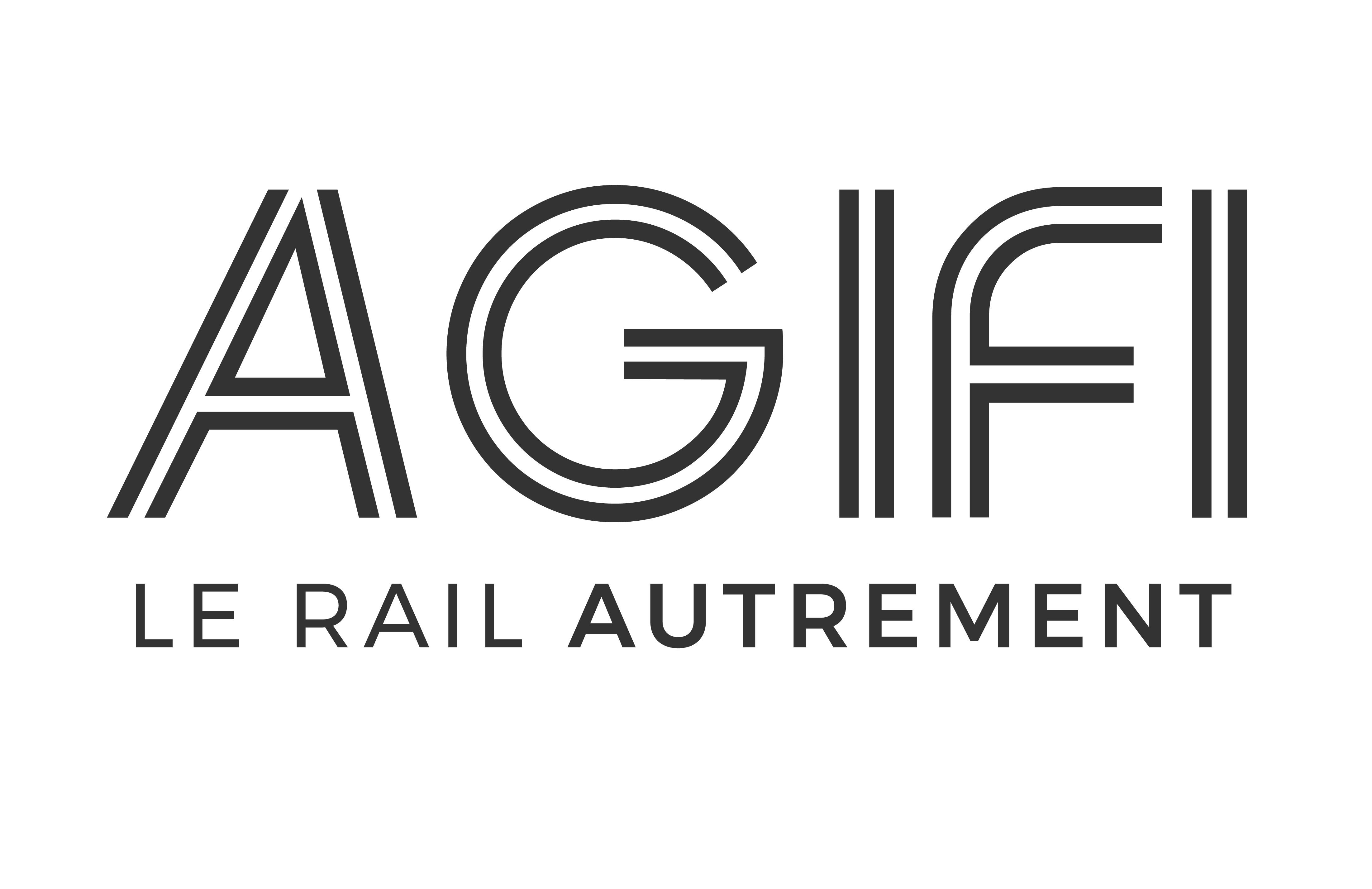The Bretagne-Pays de la Loire HSL
A project to promote mobility and boost the competitiveness and appeal of the Bretagne and Pays de la Loire regions.

A major route for Britanny.
The Bretagne-Pays de la Loire high-speed line,
which opened in July 2017, connects Rennes to Paris in less than an hour and a half.
One year after the line opened,
it had 4 million passengers
(a 27 % increase in ridership).
Les grandes étapes du projet
A 6-year project
182 km of new track and 32 km of trunk line
225 tunnels and bridges, including 14 railway viaducts and 7 cut and covers
Financing
€3 billion in Public-Private Partnership investments, including €1.2 billion from the private sector
Social and environmental responsibility
123 species of fauna and flora protected
800 ha of compensatory habitat
Creation of a carbon fund to promote the use of less polluting construction techniques and materials
An innovative project focused on optimisation and a long-term perspective
- Optimisation of routing during the design phase to reduce construction costs and delivery times.
- Innovative use of asphalt as a sub-ballast layer to reduce construction times, improve passenger comfort, and cut maintenance costs.
- Full interoperability from the start and long-term thanks to three signalling systems (TVM300, ERTMS 1 for freight traffic and the Le Mans rail bypass, and ERTMS 2).
A socio-economic Observatory for the Bretagne-Pays de la Loire (BPL) high-speed line:
The BPL Observatory comprises Eiffage Rail Express (the concession holder), the French government and SNCF Réseau (the co-financiers of the HSL), and key local stakeholders. This observatory was created in 2012 for a period of 10 years, and has two components: a socio-economic part and an environmental part. Its objective is to analyse the challenges and opportunities stemming from the arrival of the high-speed line in both environmental and social economic terms.

